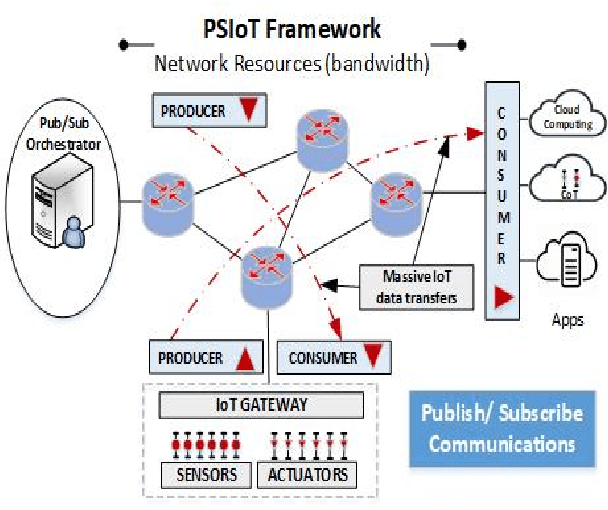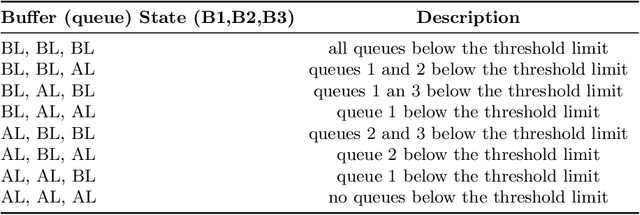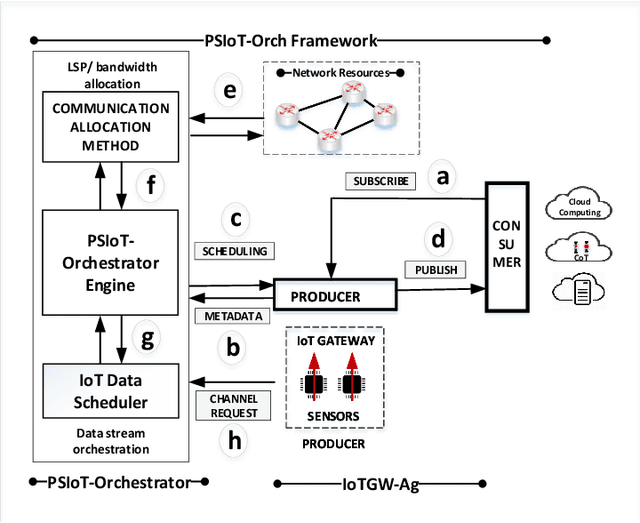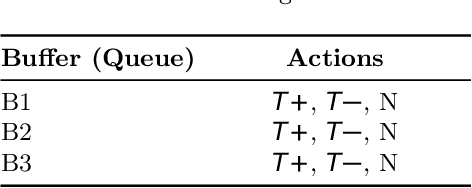Nazim Agoulmine
Towards Sustainability in 6G Network Slicing with Energy-Saving and Optimization Methods
May 17, 2025Abstract:The 6G mobile network is the next evolutionary step after 5G, with a prediction of an explosive surge in mobile traffic. It provides ultra-low latency, higher data rates, high device density, and ubiquitous coverage, positively impacting services in various areas. Energy saving is a major concern for new systems in the telecommunications sector because all players are expected to reduce their carbon footprints to contribute to mitigating climate change. Network slicing is a fundamental enabler for 6G/5G mobile networks and various other new systems, such as the Internet of Things (IoT), Internet of Vehicles (IoV), and Industrial IoT (IIoT). However, energy-saving methods embedded in network slicing architectures are still a research gap. This paper discusses how to embed energy-saving methods in network-slicing architectures that are a fundamental enabler for nearly all new innovative systems being deployed worldwide. This paper's main contribution is a proposal to save energy in network slicing. That is achieved by deploying ML-native agents in NS architectures to dynamically orchestrate and optimize resources based on user demands. The SFI2 network slicing reference architecture is the concrete use case scenario in which contrastive learning improves energy saving for resource allocation.
On Modeling Network Slicing Communication Resources with SARSA Optimization
Jan 11, 2023Abstract:Network slicing is a crucial enabler to support the composition and deployment of virtual network infrastructures required by the dynamic behavior of networks like 5G/6G mobile networks, IoT-aware networks, e-health systems, and industry verticals like the internet of vehicles (IoV) and industry 4.0. The communication slices and their allocated communication resources are essential in slicing architectures for resource orchestration and allocation, virtual network function (VNF) deployment, and slice operation functionalities. The communication slices provide the communications capabilities required to support slice operation, SLA guarantees, and QoS/ QoE application requirements. Therefore, this contribution proposes a networking slicing conceptual model to formulate the optimization problem related to the sharing of communication resources among communication slices. First, we present a conceptual model of network slicing, we then formulate analytically some aspects of the model and the optimization problem to address. Next, we proposed to use a SARSA agent to solve the problem and implement a proof of concept prototype. Finally, we present the obtained results and discuss them.
Enhanced Pub/Sub Communications for Massive IoT Traffic with SARSA Reinforcement Learning
Jan 03, 2021



Abstract:Sensors are being extensively deployed and are expected to expand at significant rates in the coming years. They typically generate a large volume of data on the internet of things (IoT) application areas like smart cities, intelligent traffic systems, smart grid, and e-health. Cloud, edge and fog computing are potential and competitive strategies for collecting, processing, and distributing IoT data. However, cloud, edge, and fog-based solutions need to tackle the distribution of a high volume of IoT data efficiently through constrained and limited resource network infrastructures. This paper addresses the issue of conveying a massive volume of IoT data through a network with limited communications resources (bandwidth) using a cognitive communications resource allocation based on Reinforcement Learning (RL) with SARSA algorithm. The proposed network infrastructure (PSIoTRL) uses a Publish/ Subscribe architecture to access massive and highly distributed IoT data. It is demonstrated that the PSIoTRL bandwidth allocation for buffer flushing based on SARSA enhances the IoT aggregator buffer occupation and network link utilization. The PSIoTRL dynamically adapts the IoT aggregator traffic flushing according to the Pub/Sub topic's priority and network constraint requirements.
 Add to Chrome
Add to Chrome Add to Firefox
Add to Firefox Add to Edge
Add to Edge